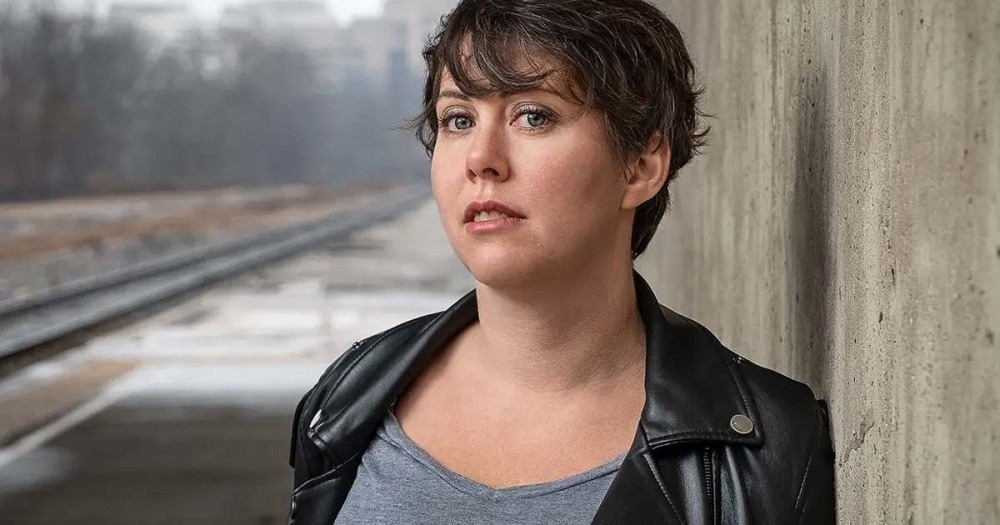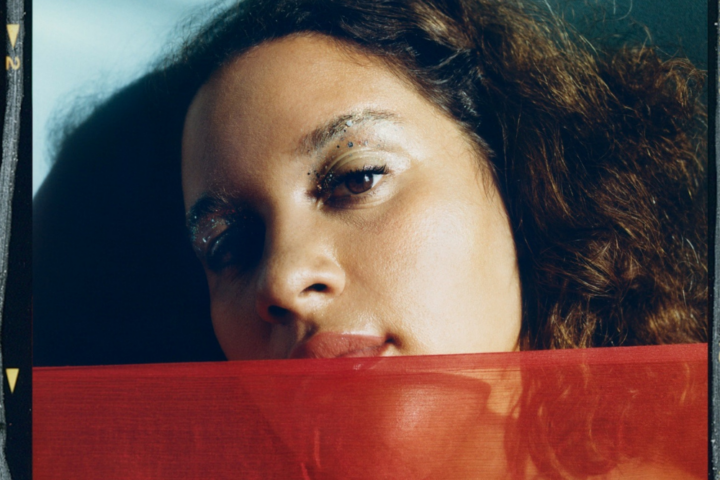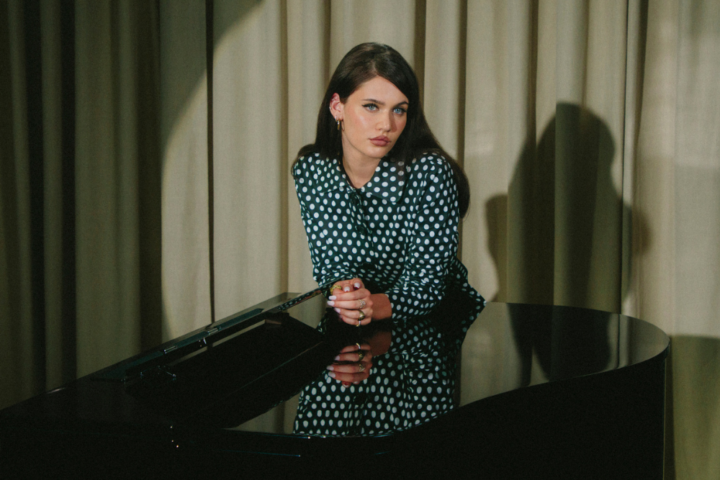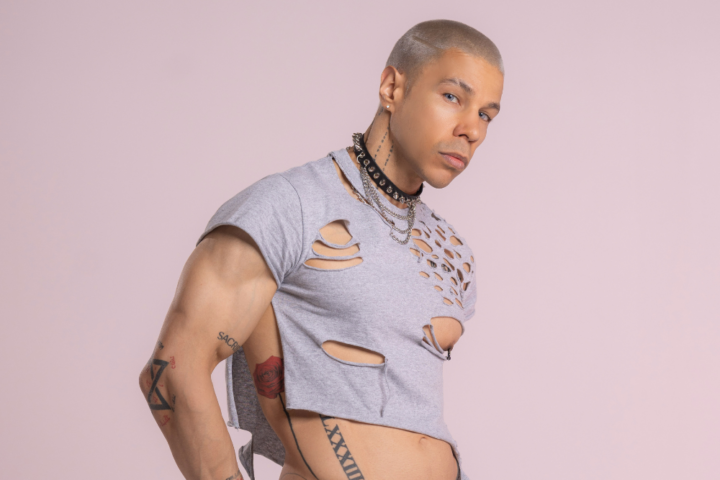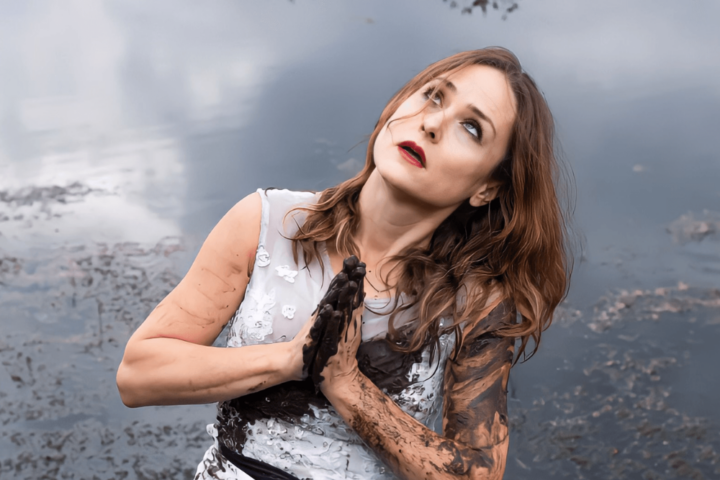The viral New Yorker article is centre of attention once again, but this time it's because one woman thought the story was inspired by her own relationship – something that has now been confirmed
Turns out, those details were hardly arbitrary creative licenses taken by its author, Kristen Roupenian. In another, sequential viral essay published yesterday by Slate, Alexis Nowicki untangled the phenomenon that was “Cat Person”: a story that was mysteriously and intimately intertwined with her own relationship story. Each of those details, along with the premise itself, mirrored Nowicki’s own life.
Nowicki alleges in her essay that everything from her hometown to her career are an exact match with the female protagonist in Roupenian’s story. More shockingly, the relationship itself is a replica of Nowicki’s romance with a man she calls Charles (a pseudonym).
“So much of the central dynamic in the story rang true to me,” Nowicki writes. As the story went viral at the time of its publication, people in her life reached out asking if this was, indeed, her. It was uncanny how much of Nowicki’s life was encapsulated by someone other than herself. Both women lived in Ann Arbor, and it turns out Roupenian knew Charles and had heard of the relationship through the University of Michigan grapevine.
The plot twists get crazier and frankly, heartbreaking in certain ways, as the Twitter ~discourse~ gang has pointed out over the last 24 hours.
Charles died three years after “Cat Person” was published, a fact Nowicki discovered via an Instagram DM from his mother. Six months later, Nowicki finally decided to reach out to Roupenian, who emailed her. The conversation was an admittance, as well as an apology of some sort – saying that using specific details of the story was “careless” and “wrong”.
The aftermath of “Cat Person and Me” has been a flurry of social media reactions (of course), but the opening of a greater debate: can fiction separate itself from reality? Was Roupenian unethical in her storytelling? Then the nitty-gritty of the romance itself: questions about power and nuance when it comes to age gaps in a heterosexual relationships.
The only thing people can really agree upon is that this was a wild chain of events, now immortalised by two digital pieces of work that speak to twenty-first century gender dynamics. Delve into it yourself, there’s a whole lot of discourse surrounding the subject, and – as per usual – a great divide on what is right and wrong in the age of social media and the boundaries that have been erased.
My main takeaway from the cat person "scandal" is it is not a scandal, no one is being cancelled,,,,, it is an interesting public conversation about art !
— Dana Schwartz (@DanaSchwartzzz) July 8, 2021
This phase of Cat Person discourse proves it’s not enough just to avoid dating writers. No one is ever safe as long as writers live among you.
— Joe Berkowitz (@JoeBerkowitz) July 8, 2021
Don’t think Roupernian did anything wrong but “Cat Person was real and by all accounts a nice and normal guy” is the funniest possible outcome to literally years of discourse.
— Dok (@Dok845) July 8, 2021
whatever you think about the latest cat person discourse, you can’t deny how impressive it is that we’re now on year 4 and round 3 of discourse about a story that is only a little longer than this tweet
— rax ‘preorder TACKY 💋’ king (@RaxKingIsDead) July 8, 2021

